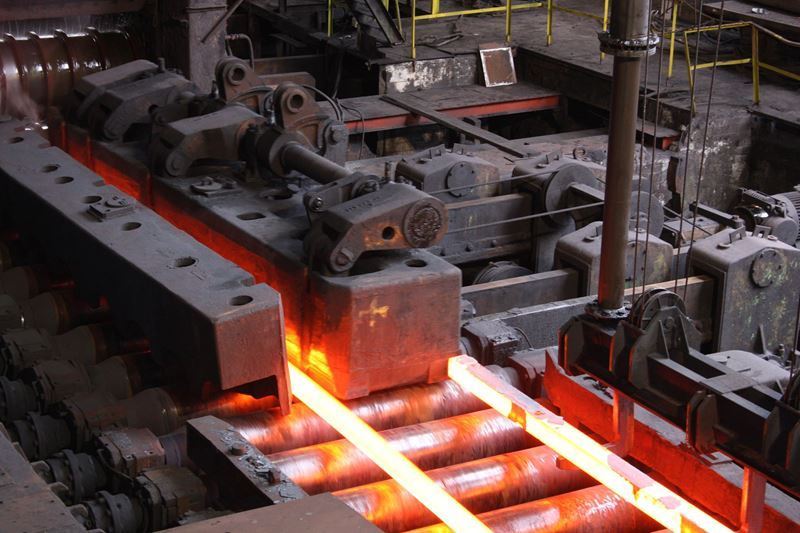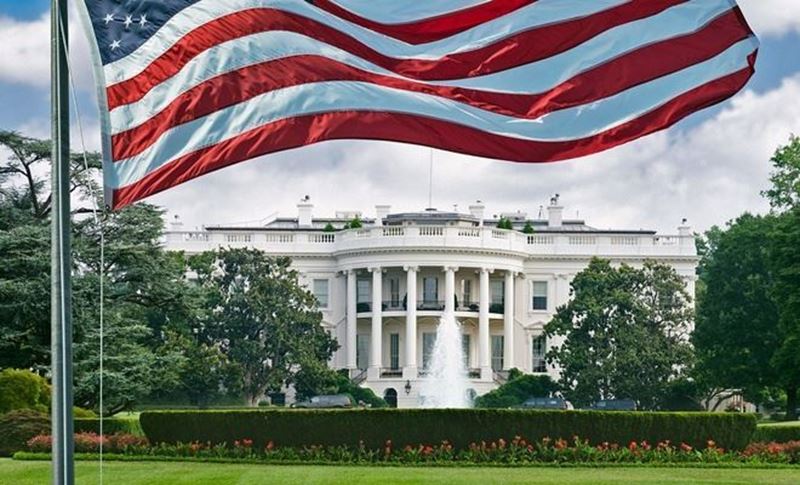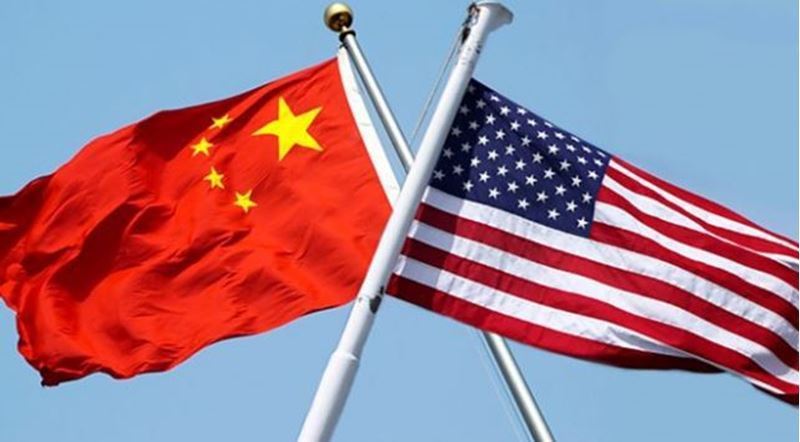According to the data of the National Bureau of Statistics (UIB), the total profits of industrial enterprises with annual turnover of more than 20 million yuan (about $ 2.79 million) amounted to 6.98 trillion yuan (about $ 970 billion) in 10 months.
While the total revenues of industrial establishments increased by 7.6 percent and their expenses by 10.6 percent, their profits decreased by 3 percent on an annual basis.
Profit increases were recorded in 19 of 41 industries, while profitability fell in 22 of them.
While the profits of industrial establishments increased by 8.5 percent in the first quarter, the increase decreased to 1 percent at the end of the second quarter, and decreased by 2.3 percent at the end of the third quarter.
Pandemic measures lower economic expectations
In the spring of this year in China, the impact of the Kovid-19 restrictions on the economy was clearly felt in cities with a large population, especially in Shanghai, the country's largest city, and hosting critical industries and business lines.
Economic performance, measured in many fields, fell to its lowest levels since the first months of the Kovid-19 outbreak.
While the number of cases increased in the country in autumn with the spread of highly contagious sub-variants of Omicron, the fact that there was no sign that the epidemic measures that disrupted economic activities would change in the last quarter negatively affects economic expectations and confidence.
While the Chinese economy grew by 3 percent in the first three quarters of 2022, it remains unclear whether the government's growth target of 5.5 percent for this year will be achieved, due to the increase in Kovid-19 cases and worsening external conditions with the autumn.
China is implementing a "zero case" strategy against the Kovid-19 outbreak, which aims to suppress cases where they arise and cut the chain of transmission. The strategy calls for strict and wide-ranging measures, such as quarantine, travel restrictions, mass testing, and restrictions on the activities of businesses in the manufacturing, trade and services sectors. In addition to interfering with the ordinary flow of life, the measures also lead to discussions in terms of their economic costs.









Comments
No comment yet.